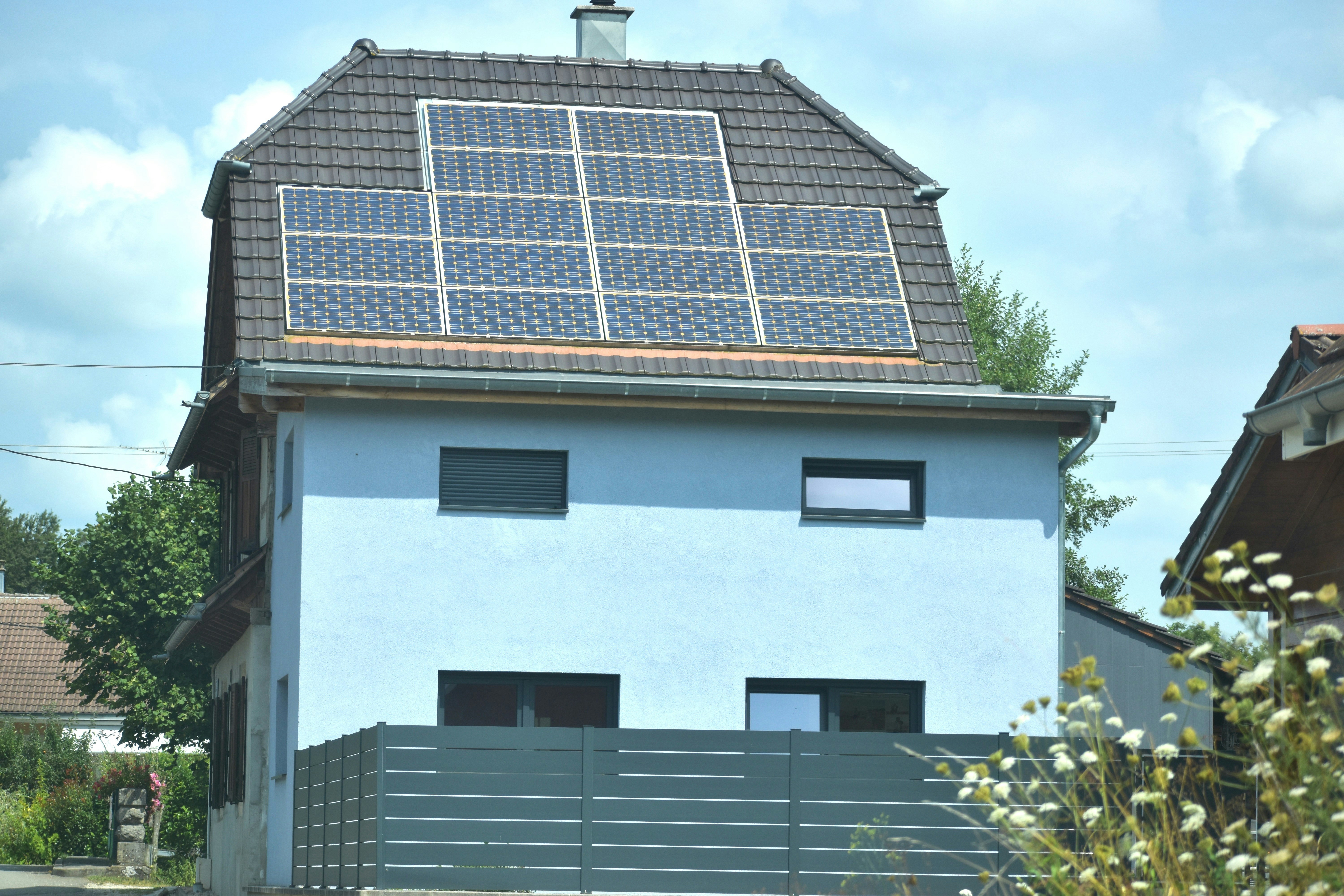Energy-Efficient Districts Within Reach
Swedish Study Reveals Simplified Urban Energy Models Could Contribute to Decarbonisation Endeavours of the Districts

A study by researchers from Umeå University may contribute to accelerating the decarbonisation of districts. Researchers have unveiled a streamlined method to simulate the energy performance of residential buildings across entire urban districts, without being overwhelmed by data.
Published in Energy & Buildings, the peer-reviewed study introduces an "archetypes-based calibration" approach for Urban Building Energy Modelling (UBEM). The method clusters similar buildings into representative "archetypes", allowing researchers and city planners to model energy performance and test retrofitting strategies at scale, using lower-resolution energy data without sacrificing accuracy.
"These research findings could be a significant help for urban energy modelling, especially in cases that lack high-resolution data or face resource constraints," said Moa Mattsson, co-author and HYBES project participant.
Rethinking Complexity
Urban buildings account for more than 40% of global energy use and carbon emissions. However, assessing and enhancing their efficiency at a district level is notoriously data-intensive and technically challenging. The Swedish study tackled this by testing two energy models for a district of 21 multi-residential buildings in Umeå: a simplified model using a single archetype and a more detailed one with nine archetypes.
Interestingly, both models closely mirrored actual energy usage, deviating by less than 5% annually, despite the vast difference in complexity.
"This finding suggests cities can start with relatively basic data and still get robust insights on buildings' energy performance at a district scale," said Gireesh Nair, co-author and Hybes participant. "It's a promising finding in urban energy modelling that could reduce modelling time and costs while maintaining reliability."
A Real-World Testbed
The case study was rooted in a district built initially during Sweden's post-war "Million Programme" and refurbished between 2010 and 2014. One building, fully modernised with heat-recovery ventilation, attic conversions, and energy-saving appliances, served as a pilot for calibration. The research team scaled this archetype to estimate the energy performance of buildings across the entire district, including buildings that had been less extensively renovated.
They validated the models using a full year of hourly energy data from the district—a rare and rigorous dataset in the field. The results revealed a critical insight: models calibrated with monthly data performed nearly as well as those using finer hourly detail.
Seasonal Shadows and Summer Surprises
While the simplified models performed well overall, summer posed a challenge. All models underestimated heating demand during low-usage months. Researchers suggest that this could stem from irregular occupancy patterns during Swedish holidays and quirks in the operation of heating systems throughout the year.
To overcome this, the team recommends excluding such low-demand periods from calibration, a technique that has dramatically improved the model's fit.
Implications for Urban Planners
The study went further, simulating energy efficiency upgrades like better insulation, efficient lighting, and behavioural changes. The best-case scenario reduced district energy use in already energy retrofitted buildings by 36%—equivalent to approximately 2,200 MWh annually—and lowered peak loads by more than a third.
"This is not just about energy cost savings," said Nair. "It's also about resilience, as lower peak loads mean more stable grids and mitigating the need for polluting energy sources often used during peak periods."
Towards Energy-Efficient Smarter Cities
The researchers caution that while archetype-based modelling is promising, it's not a silver bullet. Calibration quality depends on the availability and accuracy of baseline data, and future applications must consider diverse building types beyond residential stock.
Still, for cities grappling with decarbonisation mandates and ageing housing, the message is clear: good enough might be better than perfect.
"Sustainable cities won't wait for perfect data," Mattsson concluded. "This study proves we don't have to."
Rerefences:
Moa Mattsson, Itai Danielski, Thomas Olofsson, Gireesh Nair, Archetypes-based calibration for urban building energy modelling, Energy and Buildings, Volume 343, 2025, 115843, ISSN 0378-7788, https://doi.org/10.1016/j.enbuild.2025.115843.

